Prem Sewak Sudhish
Child PalmID: Contactless Palmprint Recognition
Dec 14, 2022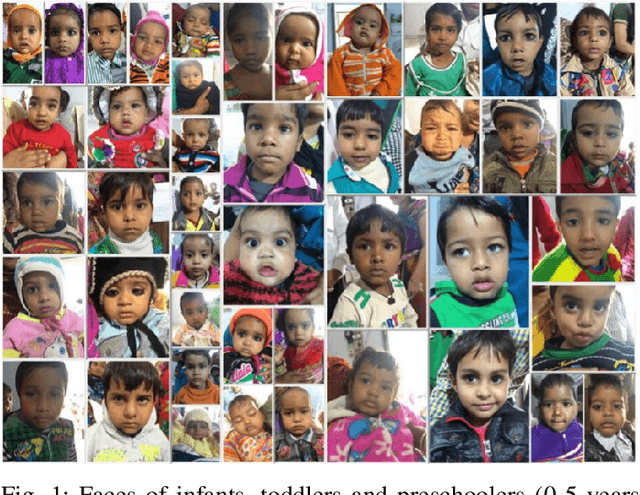
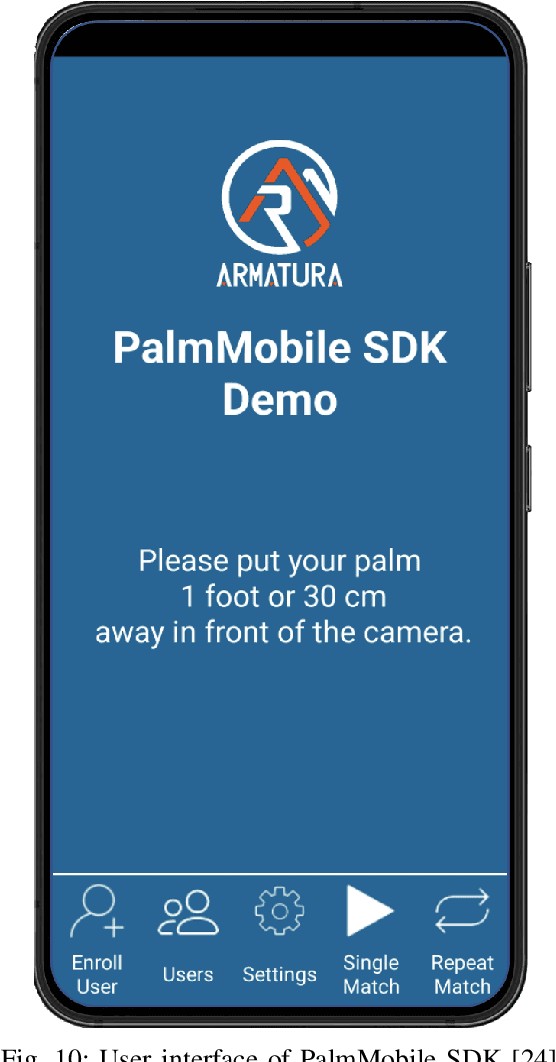
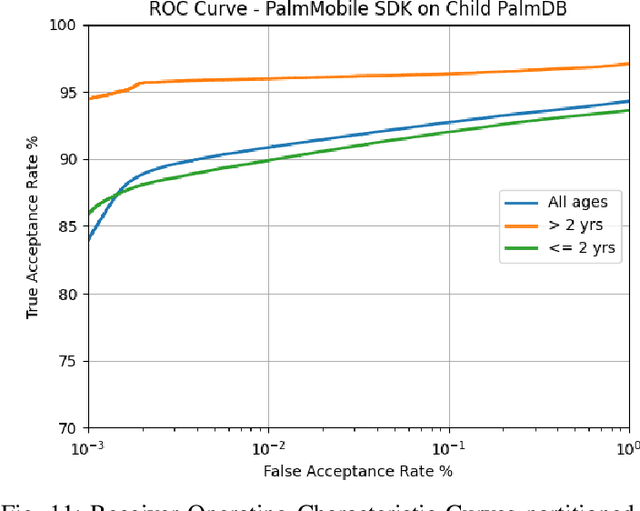
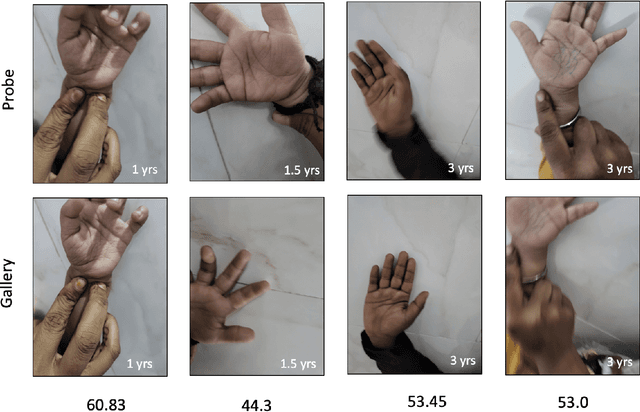
Abstract:Developing and least developed countries face the dire challenge of ensuring that each child in their country receives required doses of vaccination, adequate nutrition and proper medication. International agencies such as UNICEF, WHO and WFP, among other organizations, strive to find innovative solutions to determine which child has received the benefits and which have not. Biometric recognition systems have been sought out to help solve this problem. To that end, this report establishes a baseline accuracy of a commercial contactless palmprint recognition system that may be deployed for recognizing children in the age group of one to five years old. On a database of contactless palmprint images of one thousand unique palms from 500 children, we establish SOTA authentication accuracy of 90.85% @ FAR of 0.01%, rank-1 identification accuracy of 99.0% (closed set), and FPIR=0.01 @ FNIR=0.3 for open-set identification using PalmMobile SDK from Armatura.
An Integrated Soft Computing Approach to a Multi-biometric Security Model
Jan 25, 2018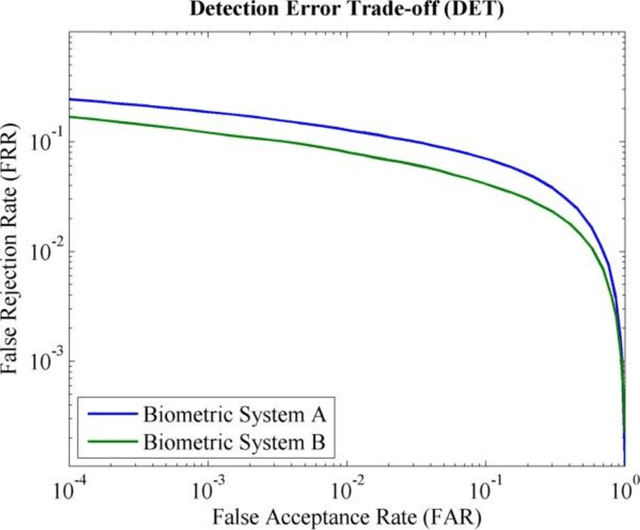
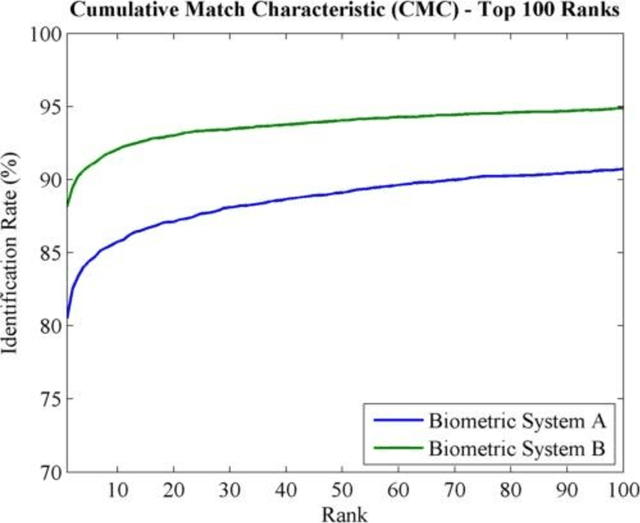
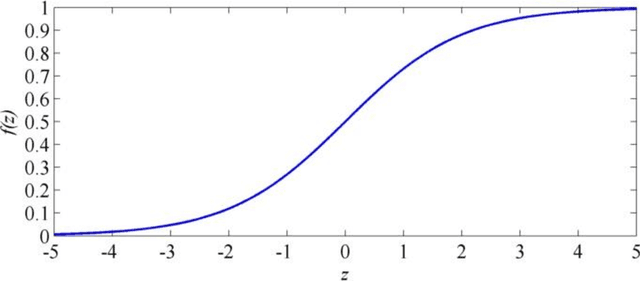
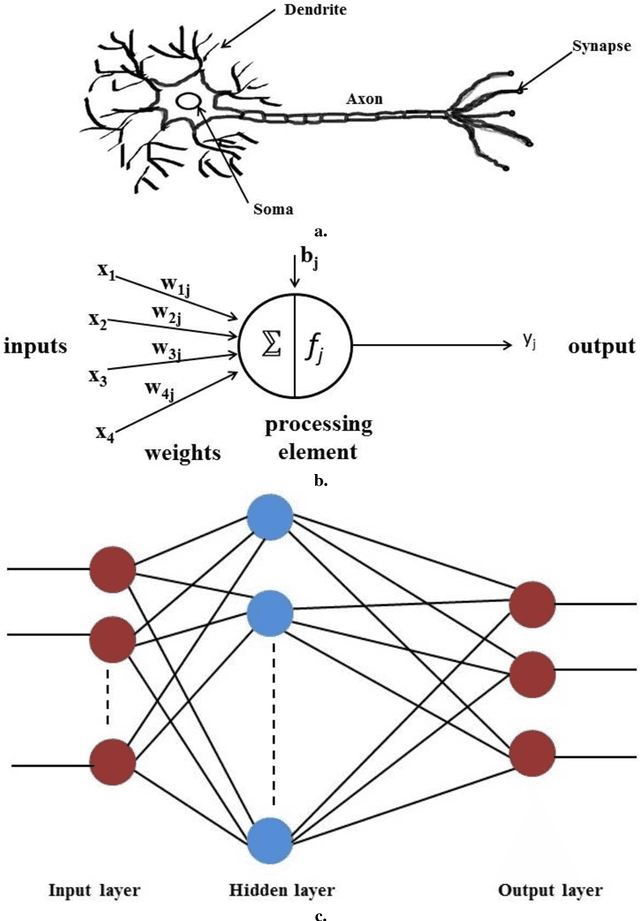
Abstract:The abstract of the thesis consists of three sections, videlicet, Motivation Chapter Organization Salient Contributions. The complete abstract is included with the thesis. The final section on Salient Contributions is reproduced below. Salient Contributions The research presents the following salient contributions: i. A novel technique has been developed for comparing biographical information, by combining the average impact of Levenshtein, Damerau-Levenshtein, and editor distances. The impact is calculated as the ratio of the edit distance to the maximum possible edit distance between two strings of the same lengths as the given pair of strings. This impact lies in the range [0, 1] and can easily be converted to a similarity (matching) score by subtracting the impact from unity. ii. A universal soft computing framework is proposed for adaptively fusing biometric and biographical information by making real-time decisions to determine after consideration of each individual identifier whether computation of matching scores and subsequent fusion of additional identifiers, including biographical information is required. This proposed framework not only improves the accuracy of the system by fusing less reliable information (e.g. biographical information) only for instances where such a fusion is required, but also improves the efficiency of the system by computing matching scores for various available identifiers only when this computation is considered necessary. iii. A scientific method for comparing efficiency of fusion strategies through a predicted effort to error trade-off curve.
Biometrics for Child Vaccination and Welfare: Persistence of Fingerprint Recognition for Infants and Toddlers
Apr 17, 2015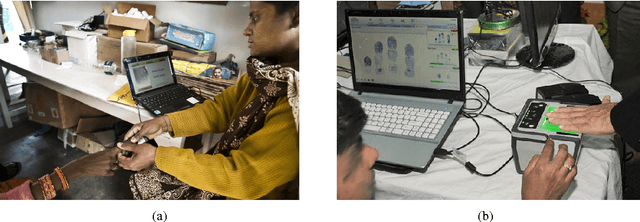

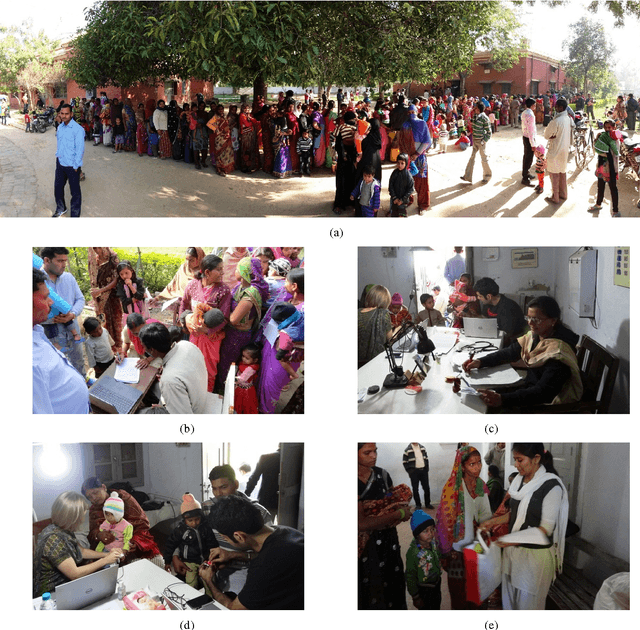
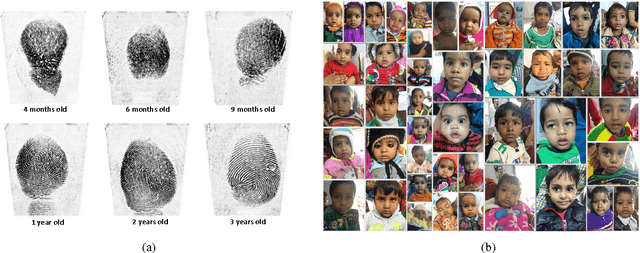
Abstract:With a number of emerging applications requiring biometric recognition of children (e.g., tracking child vaccination schedules, identifying missing children and preventing newborn baby swaps in hospitals), investigating the temporal stability of biometric recognition accuracy for children is important. The persistence of recognition accuracy of three of the most commonly used biometric traits (fingerprints, face and iris) has been investigated for adults. However, persistence of biometric recognition accuracy has not been studied systematically for children in the age group of 0-4 years. Given that very young children are often uncooperative and do not comprehend or follow instructions, in our opinion, among all biometric modalities, fingerprints are the most viable for recognizing children. This is primarily because it is easier to capture fingerprints of young children compared to other biometric traits, e.g., iris, where a child needs to stare directly towards the camera to initiate iris capture. In this report, we detail our initiative to investigate the persistence of fingerprint recognition for children in the age group of 0-4 years. Based on preliminary results obtained for the data collected in the first phase of our study, use of fingerprints for recognition of 0-4 year-old children appears promising.
 Add to Chrome
Add to Chrome Add to Firefox
Add to Firefox Add to Edge
Add to Edge